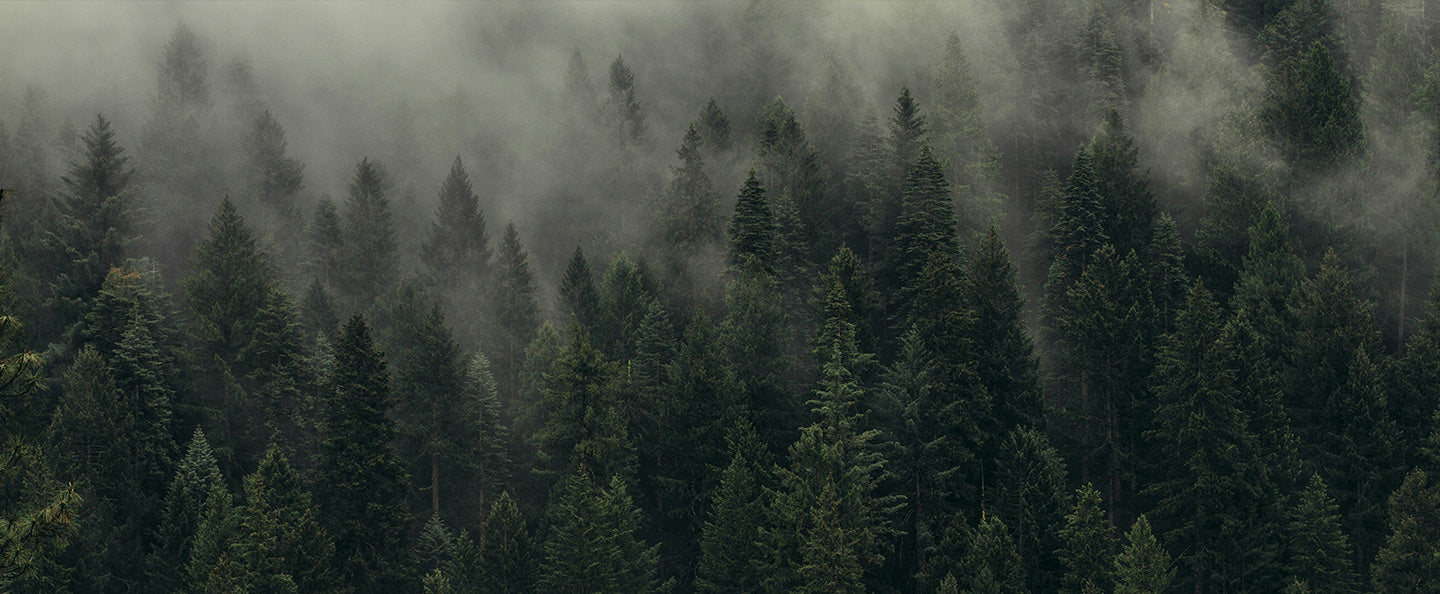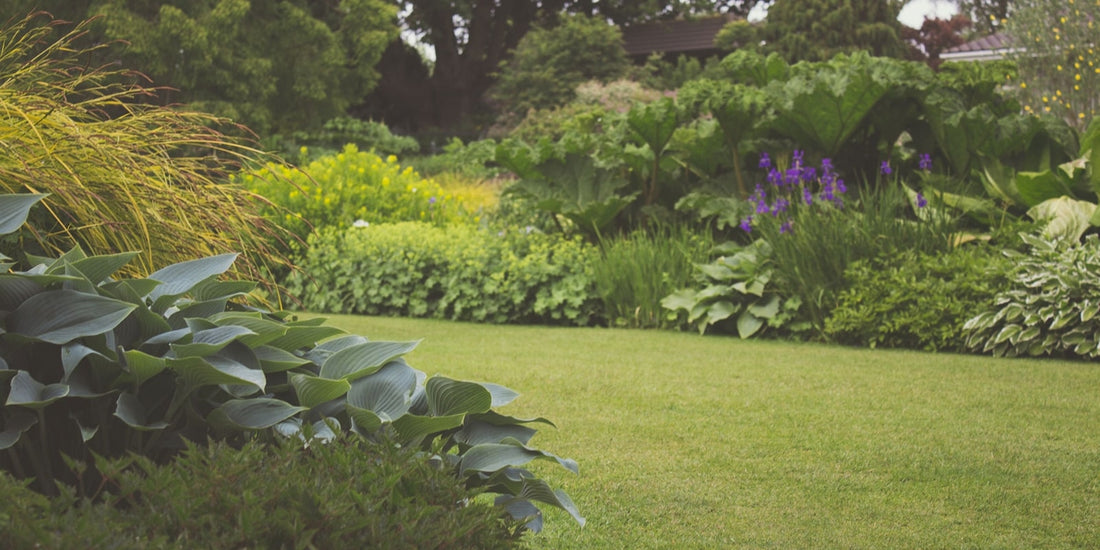Creating a sensory garden series – sight
Introduction
Creating a sensory garden is so much more than just having the odd scented summer flowers around your garden; with careful consideration you can create a tranquil outdoor space that engages the senses all year round. When you think of a sensory garden, you need to think beyond just a ‘scented’ garden. Sensory gardens should evoke a range of your senses and it is as much about the colours that you put together as it is about the fragrances that you have. We will be releasing a series of sensory garden blog posts to guide you through creating your own sensory space. Today’s post is about sight and we’ve put together some tips and suggestions for designing a sensory garden that is appealing to the eyes all year round.

Sight
A well-designed garden is something that takes a lot of time and a lot of careful planning. The scope of this blog post do not stretch to designing your garden for you, but the intention is to get you to think about how you want your garden to look and how you think it will work best for your senses.
You can take various approaches when it comes to how your garden looks. Some gardeners like a theme: whether that’s through planting with a set colour scheme or planting contrasting colours all around your garden, you need to think about the overall look that you want to achieve.
Structure:
If you’re wanting structure then you can go about it in several ways. Consider the shapes and silhouettes you want to create through planting and that will help you decide. You can plant trees that grow tall at the back of borders and these can add height and provide screening to make you feel like your garden is your own tranquil retreat that is cut off from the rest of the world. We would recommend bamboo for screening in a sensory garden because they hit two senses: sight with colour (particularly the phyllostachys nigra – black bamboo) and with the structure and sound with the rustling of the light and papery leaves in the wind.
You can also get structure from weeping trees. There’s a whole host of them on our website and they are perfect for achieving that year-round sensory garden because the pendulous frames of weeping trees look delightful when topped with snow. We would recommend something like Prunus Pendula Rubra for a small garden, Betula pendula ‘Youngii’ for a medium sized garden and Salix Chrysocoma for a larger garden.
Climbers are also a great choice for structure as you can add a pergola or some trellis and have the beautiful vines of the climber weave their way around the structures. Many climbers also offer fragrance and colour too, so they make the perfect choice for a sensory garden. You can view our range of climbers here.

Colour:
Your outdoor space needs to appeal to your sight and colour is one great way to do that. Ideally, you want to ensure that you have colour all year round, so pick your trees and shrubs carefully to make sure that you have different coloured interest at different times of the year.
In winter, evergreen varieties are great staples and Photinia Pink Marble (Pink Marble Cassini) is an outstanding evergreen. This delightful shrub has leaves that emerge a vivid pink colour and mature to a rich green with splashes of cream; there’s nothing nicer than bright colours in a sleeping winter garden. Equally, if you want to plant a shrub, Escallonia Gold Ellen is another fantastic evergreen and the golden leaves really brighten up a bed or border over winter. You can also plant a winter-flowering tree like Prunus Autumnalis Rosea which flowers over from autumn until early spring.
For spring colour, you are truly spoilt for choice! So many varieties burst to life in spring and flowers are often abundant at that time of year. Any magnolia tree will put on a good show and we like Magnolia soulangeana as it produces delightfully large flowers for a comparatively small tree.
Summer colour can come from leaves, fruit or flowers. It could come from the deep purple leaves of the Betula Purpurea or from the glossy fruits of a cherry tree like Prunus Stella. Equally, summer flowers can really steal the show and if you need something small in size but with mighty flowers then a lovely hydrangea will do the job: the Hydrangea paniculata Little Lime is a great choice.
Autumn is a special time of year for many gardeners and the final bursts of colour from deciduous trees makes for a wonderful display. Acer trees are synonymous with and, if you have the room, planting a selection of acer trees can really make a fantastic scene in autumn. The burning red leaves of the Acer rubrum sit really well alongside the crisp yellow shades of the Acer Kelly’s Gold. If you haven’t got room for an Acer, the compact ‘Sorbus Autumn Spire’ features mustard-yellow berries and deep red leaves in autumn, so that really does add a lot of colour without taking up a lot of space.
Whatever you decide to plan for sight-appeal, remember that you want to create an outdoor space that looks great all year round. After all, going out in winter to prune your roses and plant your spring bulbs can be made a lot more enjoyable with some winter flowers surrounding you!
Suggested Articles


